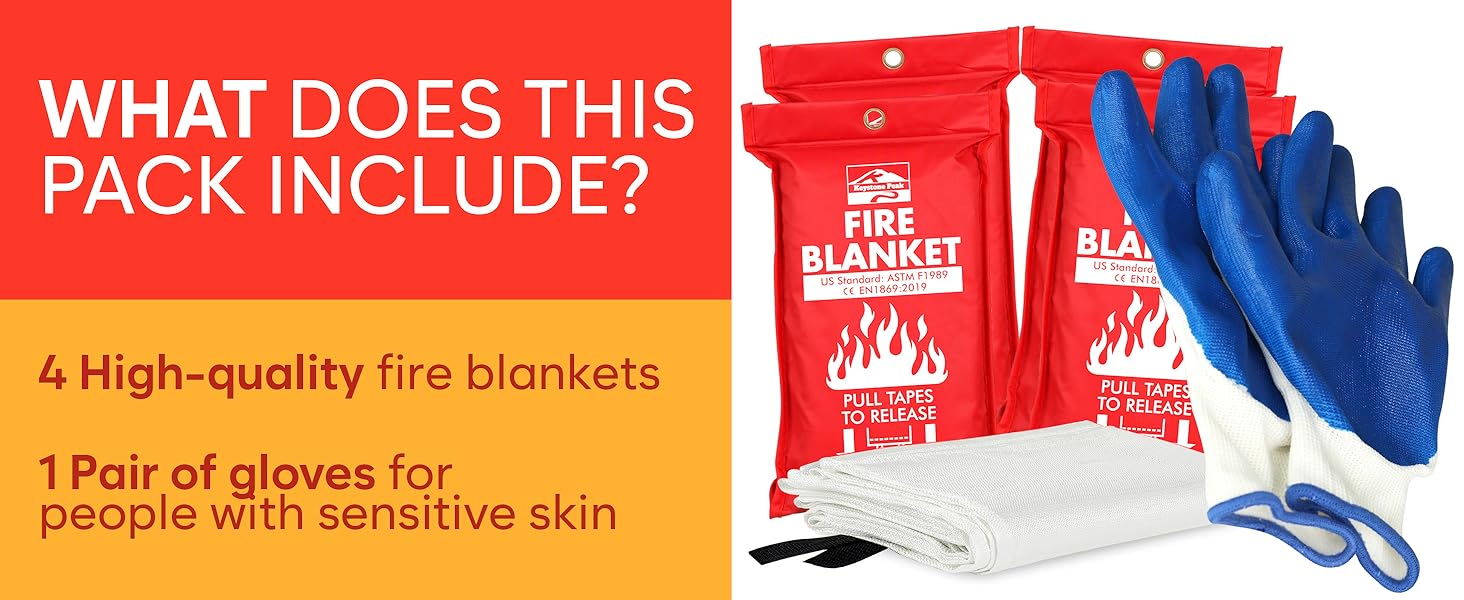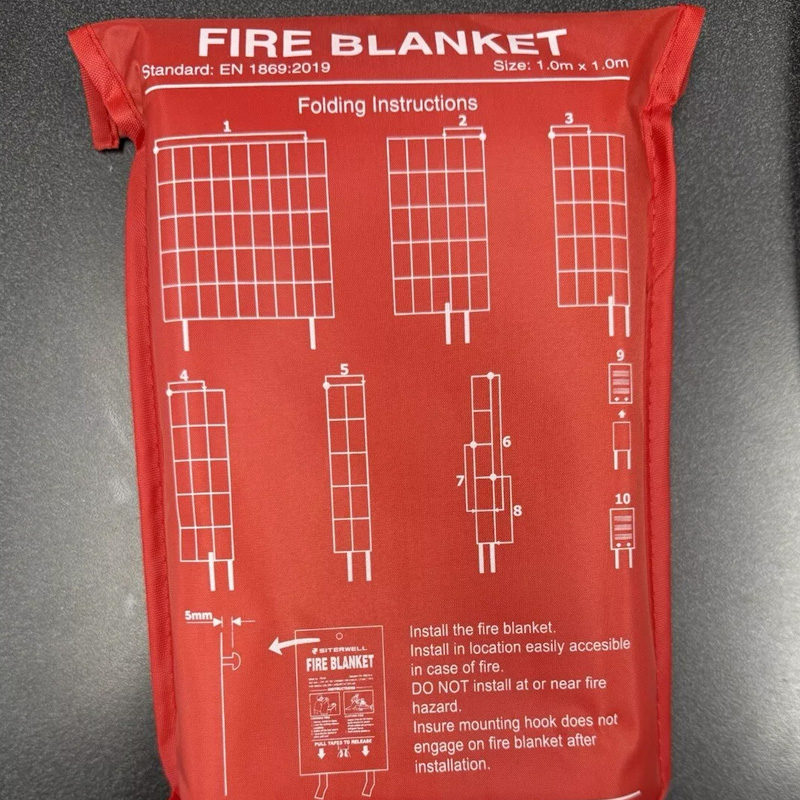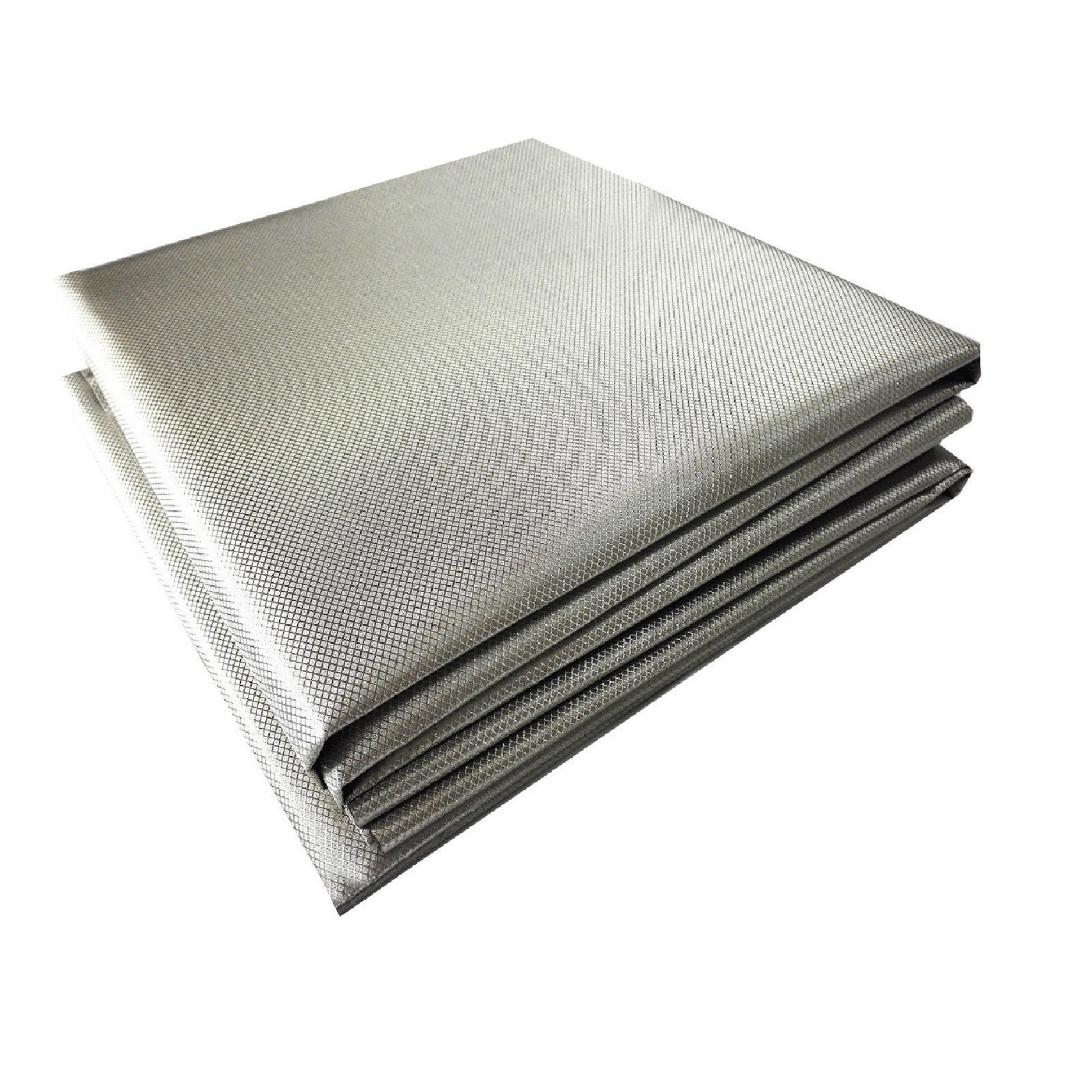Emergency Fire Blankets: Your Essential Safety Guide for Home & Workplace
Emergency fire blankets are vital safety tools that smother small fires by cutting off oxygen. This guide explains how they work, where to place them, proper usage techniques, and why every home/workplace needs them. Learn to choose and maintain these life-saving devices effectively.
What Are Emergency Fire Blankets?
Emergency fire blankets are specially designed safety devices made from fire-resistant materials (typically fiberglass or wool) that smother small fires. When properly deployed, they create an oxygen barrier to extinguish flames. Unlike fire extinguishers, they leave no residue and require minimal training to use.
When to Use Fire Blankets
Use emergency fire blankets for:
- Small contained fires (pan fires, trash can fires)
- Clothing fires on a person
- Electrical fires where water can't be used
- As protective gear when escaping through flames

Never use them for large, spreading fires or gas fires - evacuate immediately in these cases.
How to Properly Use Emergency Fire Blankets
Follow these steps for effective use:
- Pull the tabs to release the blanket from its container
- Hold the blanket by the protective flaps (never bare hands)
- Shield your hands and arms with the blanket
- Place gently over the fire - don't throw it
- Leave in place until completely cooled (15-30 minutes)
Strategic Placement for Maximum Safety
Install emergency fire blankets where fires are most likely:
- Kitchens (within 10 feet of cooking areas)
- Workshops near electrical equipment
- Garages near flammable liquids
- Bedrooms (for escape protection)
Mount them at shoulder height for easy access, clearly marked with visible signage.
Choosing the Right Emergency Fire Blanket
Key selection criteria:
- Size:Minimum 3.3x3.3 ft for home use, larger for workplaces
- Material:Fiberglass (most common) or wool
- Certification:Look for EN 1869 or ASTM standards
- Packaging:Quick-release containers work best
Maintenance and Replacement
Inspect emergency fire blankets every 6 months:
- Check for tears, discoloration, or moisture damage
- Ensure quick-release mechanisms function smoothly
- Replace if used, damaged, or every 5-7 years
Keep them accessible - never store behind clutter or in sealed cabinets.
Why Every Home Needs Emergency Fire Blankets
Compared to extinguishers, fire blankets offer distinct advantages:
- No maintenance between inspections
- No chemical residue or cleanup
- Safer for inexperienced users
- Multi-purpose (can wrap around people)
They're particularly crucial for households with children, elderly, or mobility-challenged individuals.
Common Mistakes to Avoid
Most fire blanket failures occur from:
- Using on too large fires
- Removing the blanket too soon
- Improper storage (damp areas or direct sunlight)
- Not practicing deployment periodically

Training and Education
Conduct annual fire safety drills that include blanket practice. Teach all household members:
- Location of all emergency fire blankets
- Basic deployment technique
- When NOT to use them
- Emergency procedures after use
Emergency fire blankets are simple yet powerful tools that can prevent small fires from becoming disasters. By understanding their proper use and maintenance, you significantly improve your fire safety preparedness.






